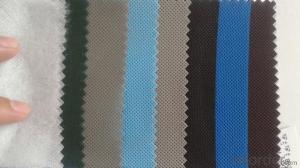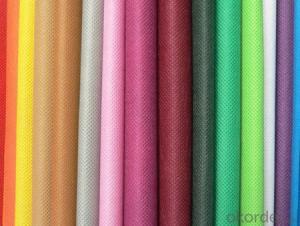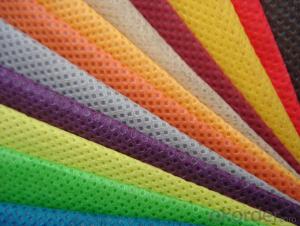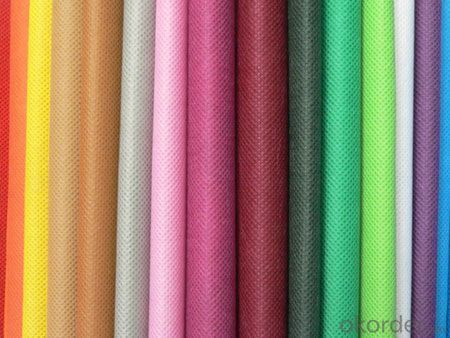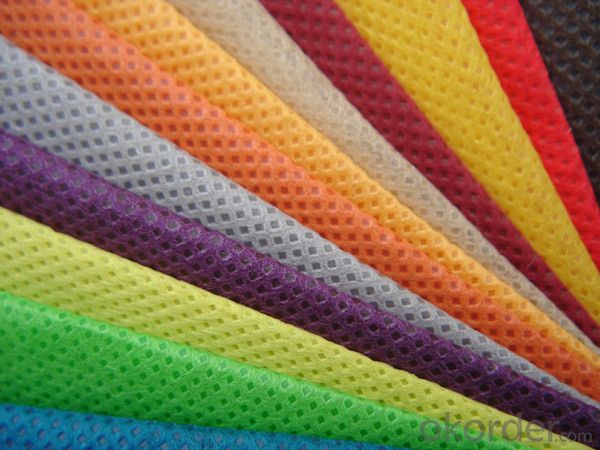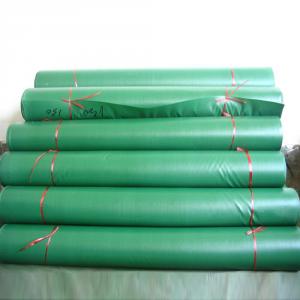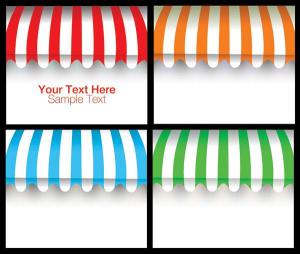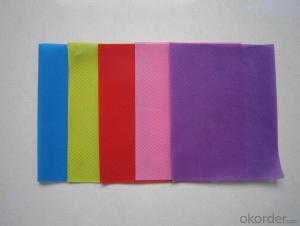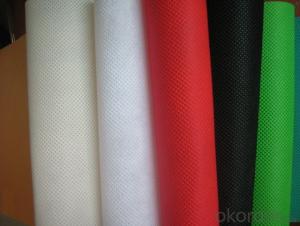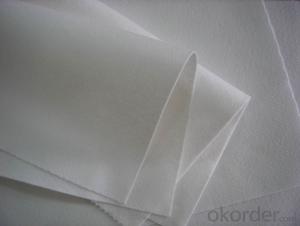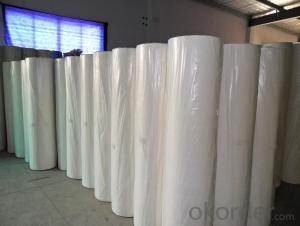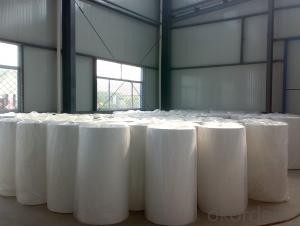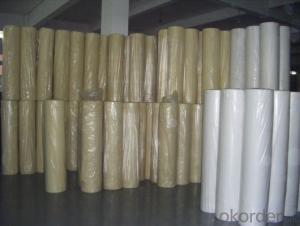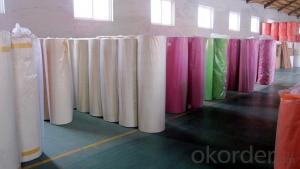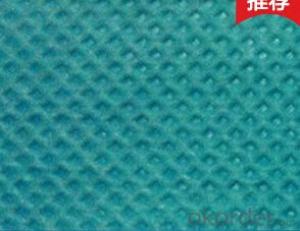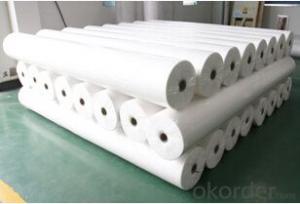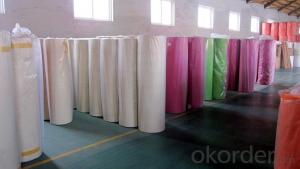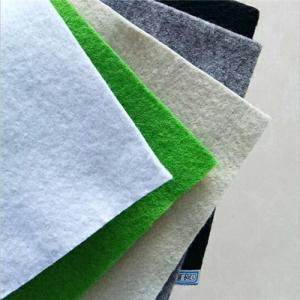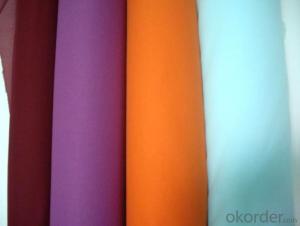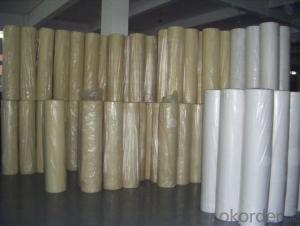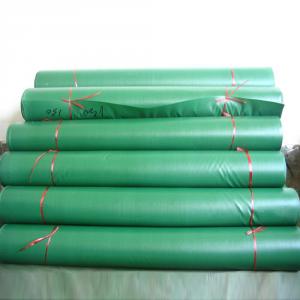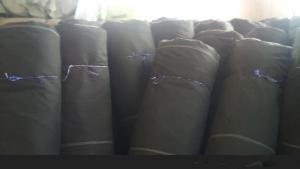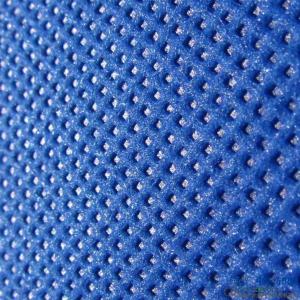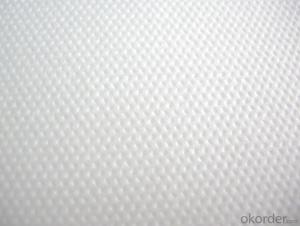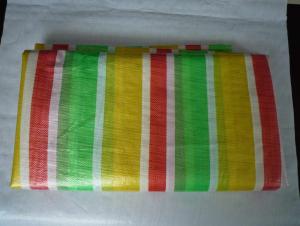Non-woven Fabric for Agriculture PP/polypropylene
- Loading Port:
- Shanghai
- Payment Terms:
- TT OR LC
- Min Order Qty:
- 2000 m²
- Supply Capability:
- 500000 m²/month
OKorder Service Pledge
OKorder Financial Service
You Might Also Like
White spunbond PP non-woven fabric in Rolls
Introduction:
This is a plastic polymer, whose chemical composition is C3H6. The advantages of this type of plastic is the high melting point, compared with many other plastics. This gives the material a washable feature and provides heat to melt the ink and transfers heat to the fabric for logo printing. Polypropylene can also be easily dyed, which explains why this material is very popular for making reusable shopping bags
Specification:
Composition | 100%polypropylene non woven fabric material |
Weight(GSM) | 9-200g/m2 |
Max width(CM) | 1.6/2.4/3.2m, max width 36m by Ultrasonic welding Cut to custom size 1*1m 1.2*1.8m etc.
|
Roll Diameter(CM) | 2"(50.8mm) ,3"(76.2mm) |
Colors | Various colors are available, never fade |
MOQ(Tons) | 1 ton per color |
Payment | 30% deposit beforehand |
Delivery Time | 3-7 days after all confirmation |
Price Terms | FOB(Qingdao), CFR, CIF |
Outpacking | Wrapped by poly bay, inside with paper tube |
Supply Ability | 23 tons per day |
Characteristics | Excellent soft, Non-toxic, Water-resistant, Air permeable, Excellent property of processing |
Functional Treatments | Hydrophobic, Hydrophilic, Antibacterial, Fire retardant, Compounded, Laminative etc. |
Applications: | 1) Shopping bags,tablecloth,compund packing material,filter material 2) Medical field: Face mask; Surgical gown, protective colthes, operation cover, cap, shoe cover, bed sheet etc. 3) Sanitary and Health: Baby & adult diaper, feminie hygiene, hygiene pad, spron, incontinece pad etc 4)Agriculture and horticulture covers 5)Usage:widely used alone or as components of apparel, home furnishings, health care, engineering, industrial and consumer goods etc. |
Typical Application:
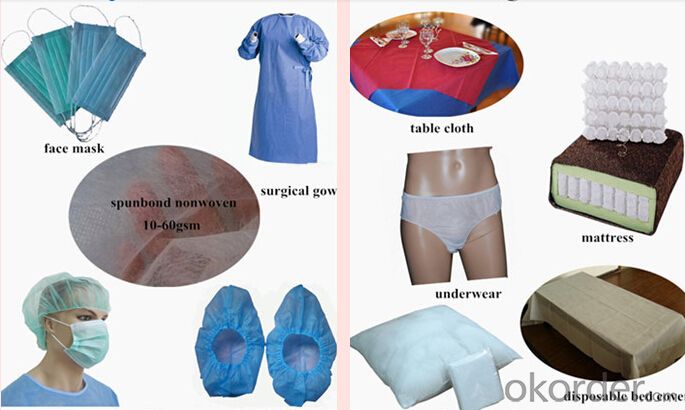
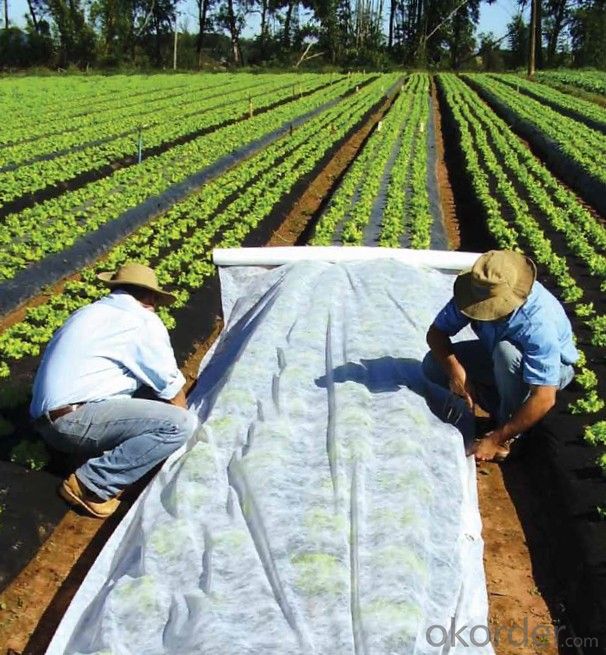
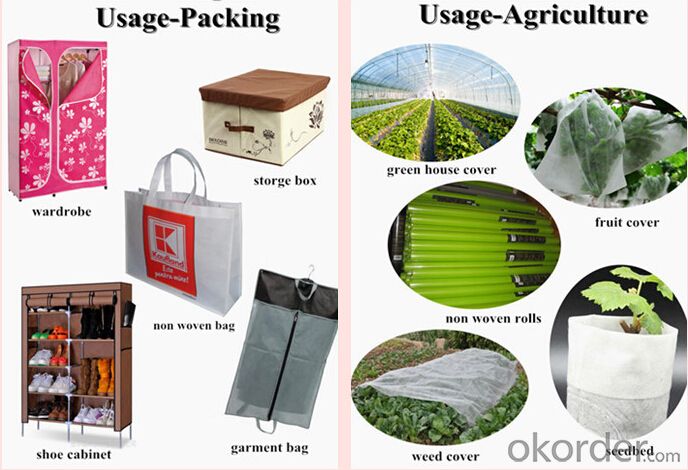
Container Loading:
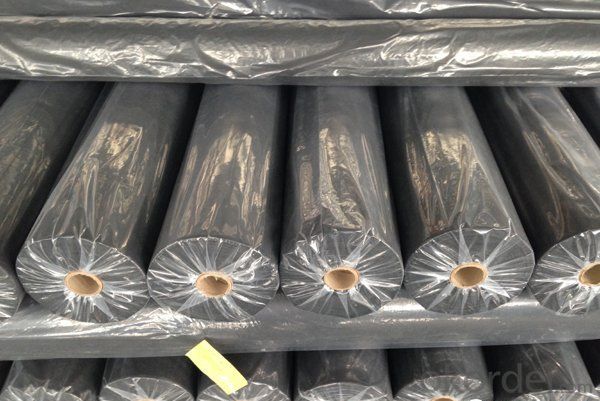
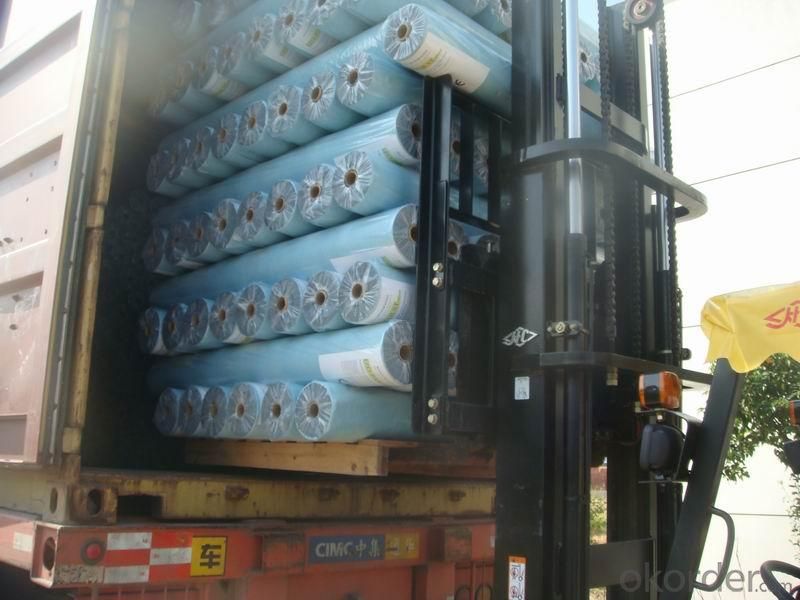
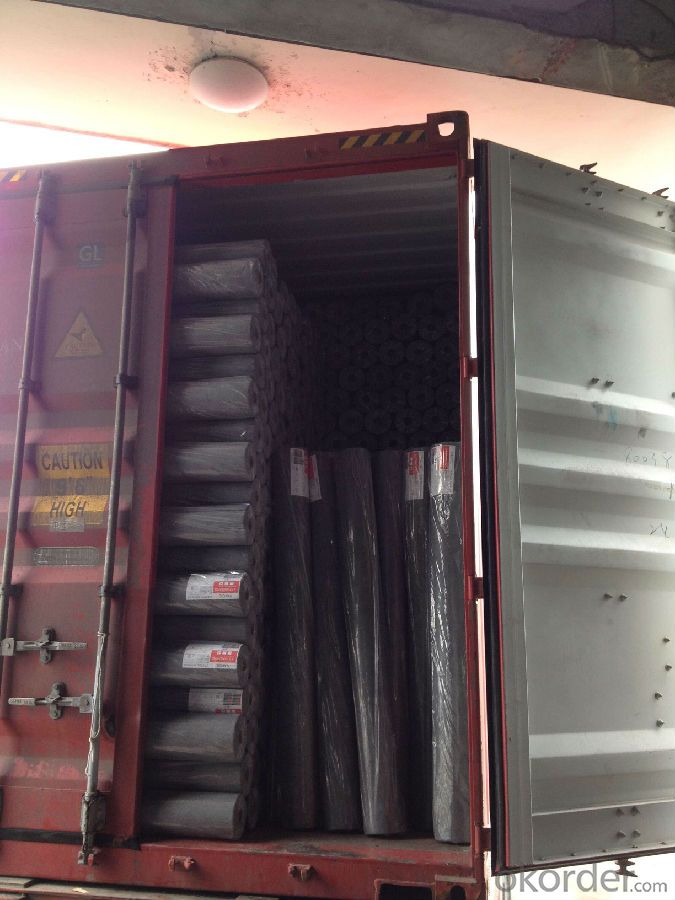
FAQ:
1. Where is your factory located in?
Our factory is located in Jiangsu province, close to Shanghai.
2. Have you ever been export?
Yes, our product has been exported to many countries.
3. Can we get samples?
Yes, we are free for samples, what you need to assume is freight charge.
- Q: Textile industry after finishing what pollution, especially air pollution
- At least chronic poisoning for humans and animals is usually the government in order to create achievements or to meet the personal interests of individual officials will be so because of chronic poisoning, after all, there are three or five years or even 30 years of concealment proposed to the Provincial Environmental Protection Office to call complaints or petition
- Q: The problem of anti - splashing of textile fabrics
- The permanent water repellent finish can not be made with only waterproof yarns
- Q: What are the processes of dyeing and finishing of textiles?
- General process: fabric singeing - retreat bleaching pre-treatment - desizing - scouring - bleaching - mercerizing --- dyeing, printing - post-processing.
- Q: How to reduce the cost of textile yarn dyeing
- Water and electricity state control, you can not save, the equipment is before, and now do not expand the scale, for the time being
- Q: What are the textiles?
- Textile fiber processed by weaving products called textiles. According to the use can be divided into clothing with textiles, decorative textiles, industrial supplies three categories.
- Q: Textile machine, I should use single-phase power or three-phase electricity
- As long as the power of the same, three-phase power and single-phase power production capacity is the same. What is the key to your connector (input) Three-phase electrical industrial electricity, the voltage is more stable
- Q: How to make fibrous textiles for waste plastic bottles?
- Jiangsu, a textile company to Beijing during the Olympic Games recycling waste plastic beverage bottles, the use of some surprising, the production of sports textile products! At the same time, Zhejiang Xiaoshan four companies at home and abroad extensive acquisition of waste plastic bottles, processed into fiber and then exported, one year consumption of 1 billion plastic bottles, the annual output value of over 500 million yuan
- Q: What are the Advantages and Disadvantages of PE and PVC in Textile Fabrics
- PVC is actually a vinyl polymer, the material is a non-crystalline material. PVC materials in the actual use of often added stabilizers, lubricants, auxiliary processing agents, colorants, impact agents and other additives
- Q: Application of Biological Enzyme in Textile Processing
- Laccase in the textile processing applications: laccase is an oxidoreductase, Connaught letter of the company's Denilit II S is through the genetically modified Aspergillus niger laccase, can be cowboy clothing antique finishing process, get the fabric feel thick , Smooth surface, vouchers, bright color, elegant.
- Q: What kind of textile is China's export to the United States?
- China's exports to the United States of textile clothing, clothing accounted for about 70%, about 30% of textiles. In 2006, China's textile and garment exports to the United States reached 21.9 billion US dollars, an increase of 18%, of which clothing was 16.3 billion US dollars, accounting for 74% of all exports to the United States; textiles for 5.6 billion US dollars, accounting for 26% The
Send your message to us
Non-woven Fabric for Agriculture PP/polypropylene
- Loading Port:
- Shanghai
- Payment Terms:
- TT OR LC
- Min Order Qty:
- 2000 m²
- Supply Capability:
- 500000 m²/month
OKorder Service Pledge
OKorder Financial Service
Similar products
Hot products
Hot Searches
Related keywords
